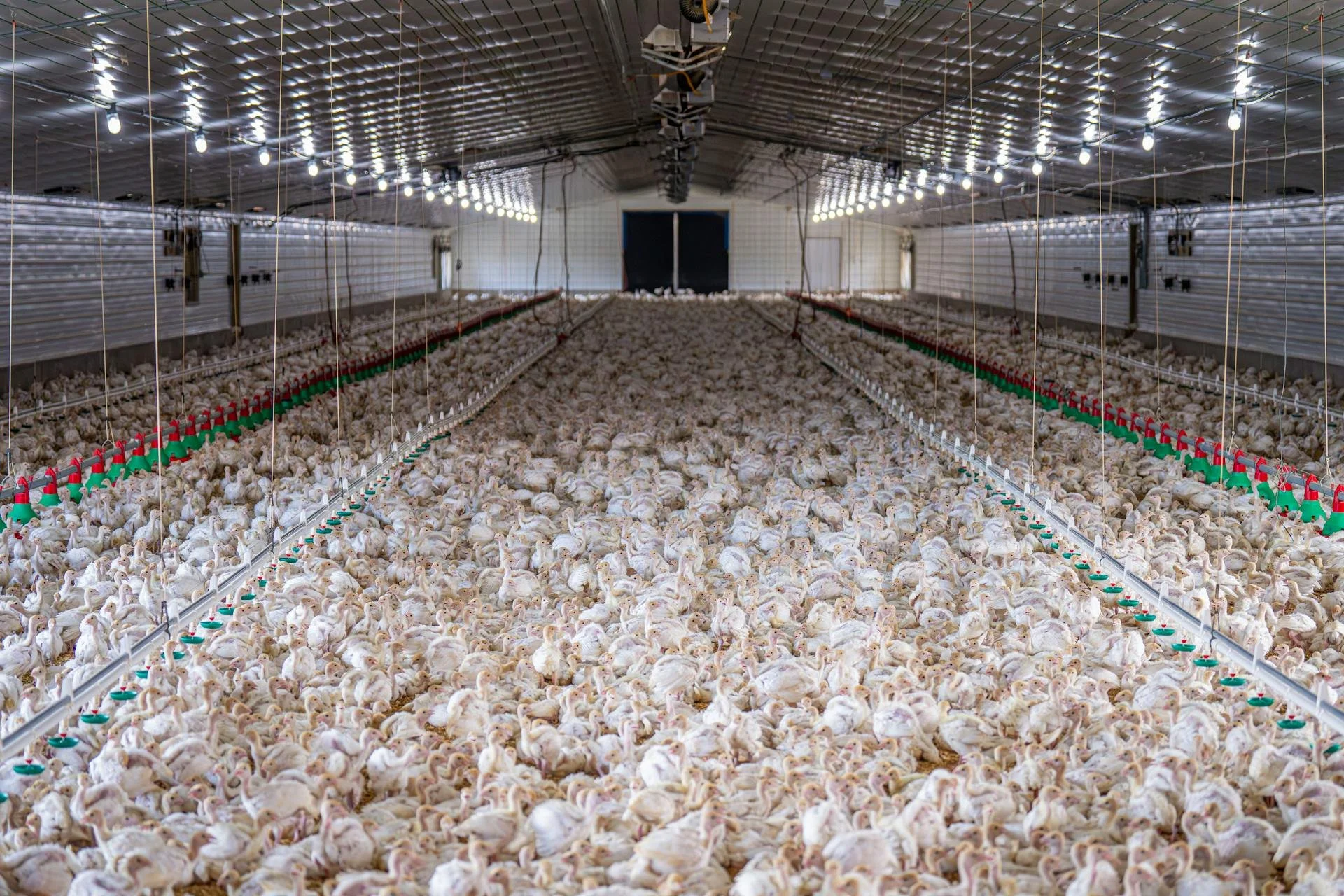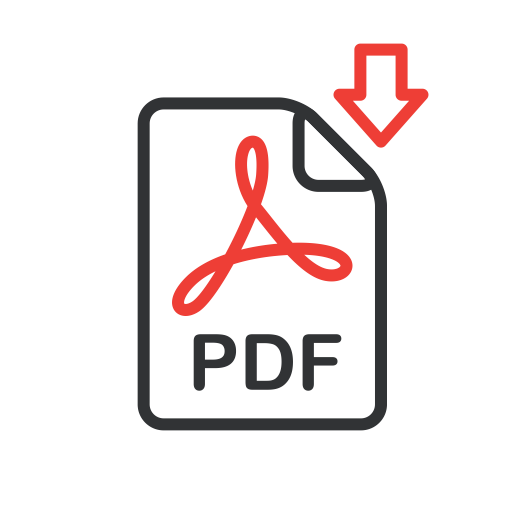
Leasingham Farm
OBJECT NOW!
Leasingham Farm
Deadline: 20 October
Please Submit Your objection to this Intensive Poultry Unit environmental permit application by Oct 20 2025.
How to Object to the Environmental Permit Application
Copy the objection comments below.
Click the ‘Object Now’ button below.
Scroll down on the Environment Agency page and click ‘Share your views.’
At Question 4, copy-paste the objection below.
Objection Comments
I urge the EA not to grant a permit.
1. I object to application EPR/GP3128LA/A001 for an environmental permit for rearing 300,000 broilers in 6 new poultry houses for Leasingham Poultry Farm Ltd at Leasingham Farm, New Lane, Leasingham, North Kesteven, Lincolnshire NG34 .
2. This application is for broiler places in excess of 85,000 and therefore requires a full Environmental Impact Assessment under Schedule 1, para. 17 of the EIA Regulations 2017. The relevant planning authority cannot grant permission without reviewing the EIA, under section 3 of the EIA Regulations 2017.
3. This application should be ‘twin tracked’. I urge the EA not to grant a permit before this application has planning permission.
5. This application is presented as a new bespoke application for rearing 300,000 broilers in 6 poultry houses on a greenfield site. However it is apparent that the proposed new sheds will be so close to an existing IPU as to be essentially a single entity. The existing 6 poultry houses at the adjacent Elkington Hall Farm have an EA permit variation EPR/YP3137UD/V003 for 333,333 broilers. This application for 300,000 broilers therefore represents a 90% increase in bird places at the same location, constituting a significant intensification which is a material change of use under section 55 of the Town and Country Planning Act 1990.
6.The application represents a significant intensification with serious consequences to the amenity of local people, public health, the environment, and the animals. Increases in odours, dust, ammonia, pollution, traffic, manure, waste, dirty water, greenhouse gas emissions, and the downstream direct and indirect impacts on people, ancient woodlands, SAC/SSSIs protected sites, the climate, rivers must all be assessed as part of the planning consultation process.
8. According to The Site Condition report, Leasingham Farm is located in an area of:
High Groundwater Vulnerability
Surface Nitrate Vulnerability
Groundwater Source Protection Zone 2
Annual rainfall of 1100m.
9. The underlying aquifer is sensitive to contamination from surface activities. IPUs produce large quantities of manure, waste water, and ammonia emissions, which pose a significant risk of leaching into the groundwater table. This risk is exacerbated during heavy rainfall or flooding events, which are not uncommon in this area. The site also lies within the Witham Catchment Area, where “pollution has blighted the Witham in recent years, ..(caused by) …….diffuse pollution from agriculture.”
10. Individually, each of the designations mentioned above (NVZ, SPZ2, High Groundwater Vulnerability, high rainfall, high flood risk, polluted river ) would warrant caution. Taken together, they represent a compounded and serious environmental risk to the natural environment and human health via drinking water safety, particularly from nitrates, ammonia, pathogens, herbicides, pesticides and veterinary pharmaceuticals.
11. Under the Precautionary Principle, this permit would result in unacceptable risk of water pollution and should not be allowed.
12. The EA needs to confirm that the emissions limits imposed on the adjacent Elkington Hall site have not already been exceeded as these are essentially the same project.
13. An application for a mega farm of 600,000 chickens just a few kilometres away was rejected in 2014, setting a precedent for refusing this application (14/0078/FUL).
14. Given the serious potential environmental consequences of this application, it is extremely important that no permit is granted prior to planning permission being granted, as the EIA will only be reviewed during the planning consultation process.
The Environment Agency should refuse this application.
Sample objection letter
